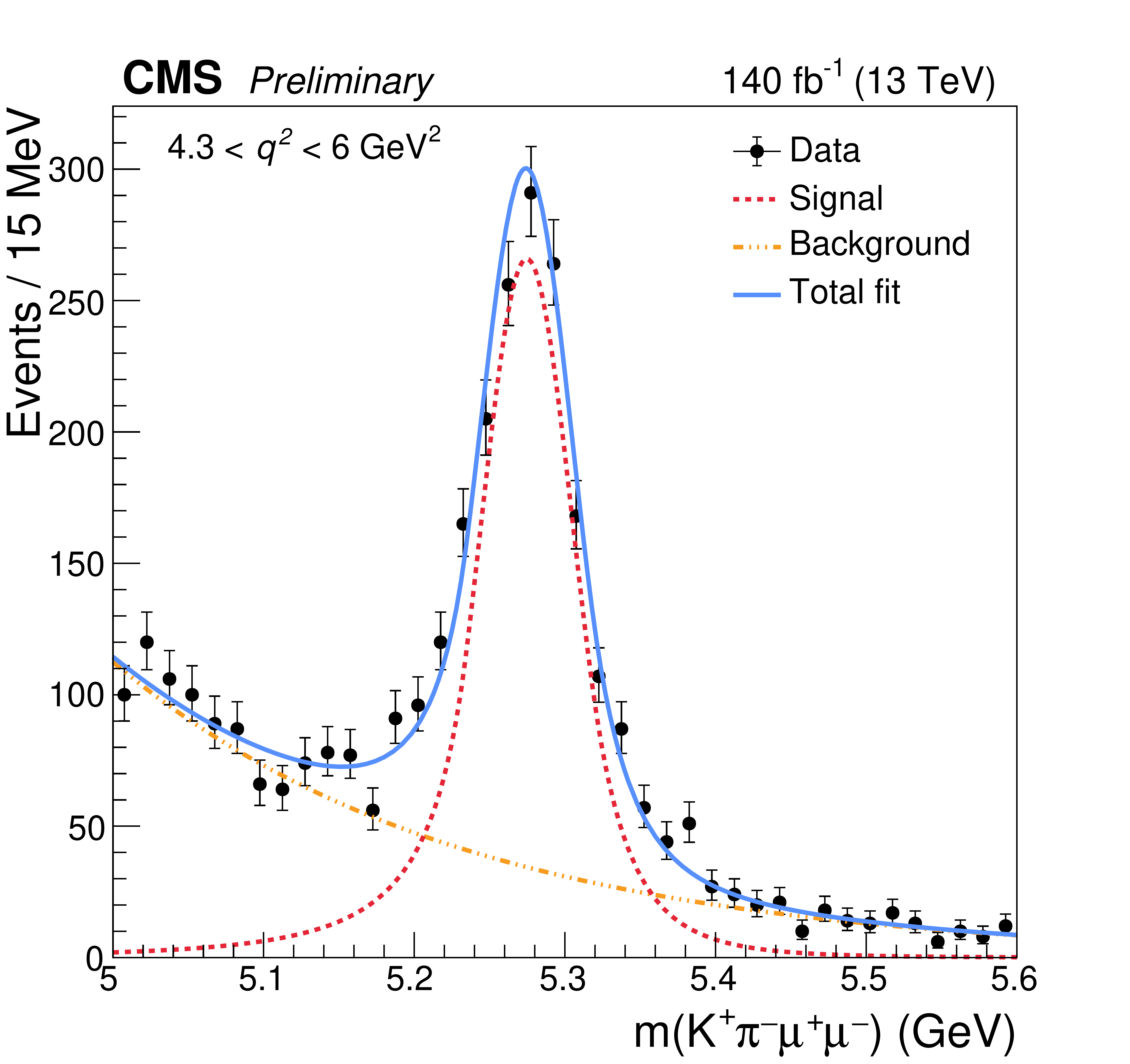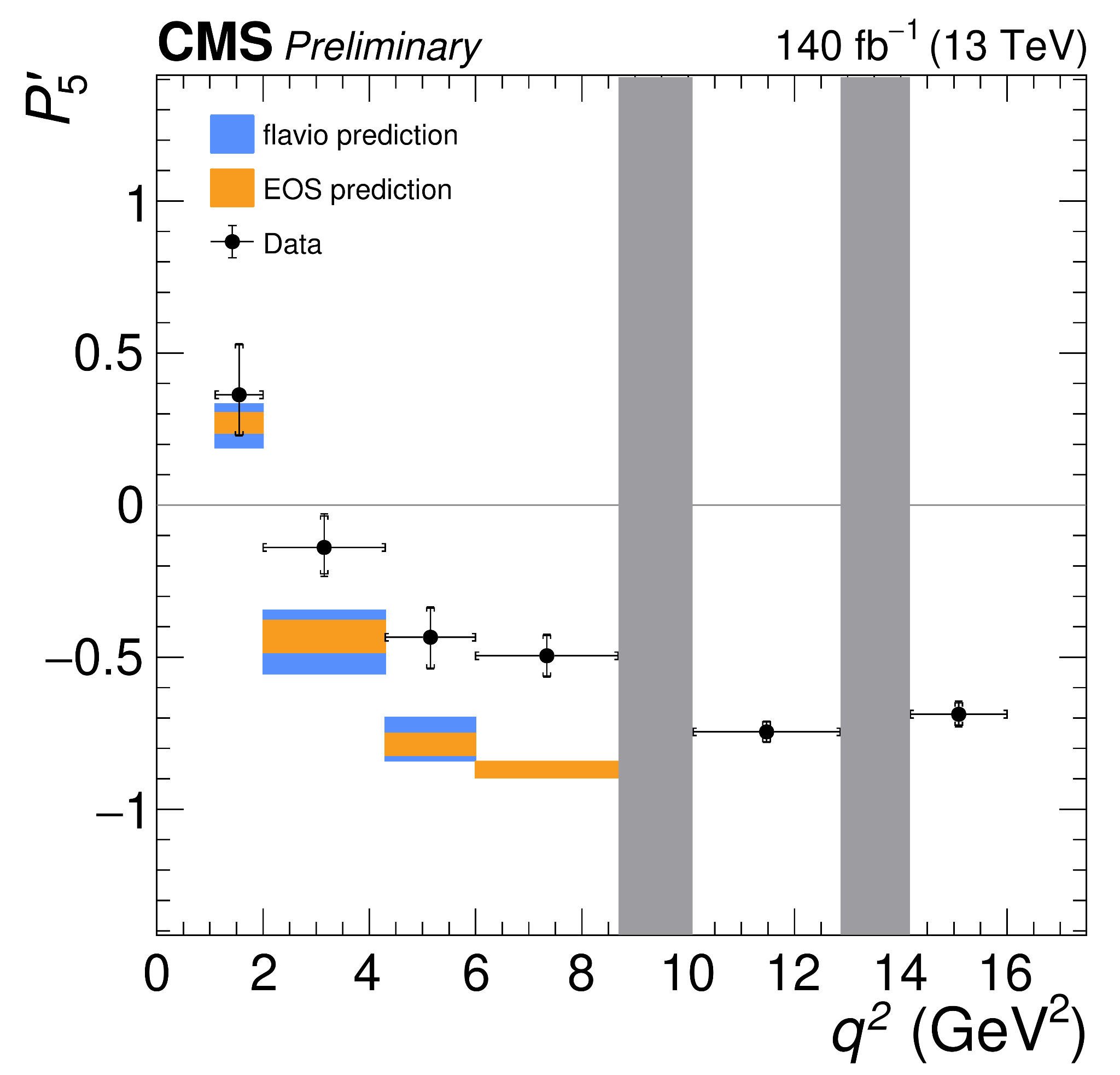
It might have occurred to you to look with curiosity at your present the day of your birthday. Wrapped in colorful paper, a surprise was waiting for you. You might be the kind of person who rushes to remove the packaging to see what’s inside. Or maybe you like to try to guess what is inside before opening, from the shape of the package, its size, its weight or maybe just from the sound it makes when you shake it. Careful there!!!
At the LHC, physicists look for signs of new phenomena that could unveil a solution to the unsolved mysteries of the microscopic world, such as the nature of the elusive dark matter. When they do so, they choose a strategy to find hints, the same way you do with your birthday present. The more impatient people rush to look inside the box. They would perform a direct search for a specific new kind of particle. This is the strategy that was used to find the Higgs boson and is used to look for many other proposed kinds of new particles. Unfortunately these new particles might be too heavy to be produced at the LHC, or they might even not exist at all.
This is why physicists also pursue an alternative strategy, using quantum mechanics and its subtle wonders to shake the box and guess what’s inside. When a microscopic particle decays to lighter ones, the physics process that drives the decay can be influenced by the existence of new heavy particles that the LHC can or cannot produce. This disturbance could change the decay process in ways that can be measured and compared to the prediction of the standard model of particle physics (SM). Like the sound made by the box containing your birthday present when you shake it, any observed difference would give us a hint that there is something in the box to start with, and what it could be.
Figure 1: A collision event recorded by the CMS detector that is consistent with the B0→K* μμ signature. The K* meson has decayed to K+ (magenta line) and π- (green line) mesons. Muons are shown by red lines. You can zoom and rotate, also in this separate page.
There is a special kind of particle, the B0 meson, which is particularly suitable to play this game, when it decays in a so-called strange meson (any meson with one strange quark inside, like K, K*, etc) and two muons. An example of such an event from collisions recorded by CMS is presented in Fig. 1. This process is quite rare: on average, one needs to observe a million B0 meson decays to see one decay of this kind. This is because this decay occurs via a rare process, called an electroweak-penguin transition. Because this process is expected to be so rare, even a tiny effect indirectly induced by new heavy particles could be observed. Using all the data collected by the CMS detector between 2016 and 2018, during the second LHC run, we shook the “B0→K* μμ” box and just presented our findings at the LHCP 2024 conference in Boston. Figure 2 shows the mass distribution of the “K* μμ” system as observed in data.

Figure 2: The reconstructed mass of K*μμ in the data (black dots), together with the total fitted distribution (in blue), the signal (red), and the background (orange).
The study of B0→K* μμ offers many handles to look for new physics. One can weigh the box, i.e., measure the decay probability. One can take two twin boxes (B0→K* μμ and B0→K* ee) and check if they have the same weight. In this new study, we decided to look at the shape of the box, i.e., we looked at what the decay looked like, studying how the particles produced in the decay share the energy of the mother B0 meson and in which direction they fly away from each other. Theorists suggested a set of interesting quantities that could be measured from the relative energy and angle between these particles. Using CMS data, we just released one of the most precise measurements of these quantities and compared it to the corresponding theoretical prediction.
Unfortunately, there is a charming naughty kind of penguin crashing the birthday party: whenever a charm quark runs in the closed loop of the penguin diagram, the calculation of the standard model expectation becomes complicated. One needs to make some additional ansatz to complete the calculation, or use other data to constrain the effect of the naughty charming penguin. This is where opinions among theorists diverge: shaking the box, it sounds like we got new physics as a present this year (see Fig. 3). But it might just be a naughty charming penguin trying to fool us, mimicking that sound.

Figure 3: Distribution of P’5, which is an optimized angular observable in B0→K* μμ decays, as a function of q2 which is the mass of the μμ system. The data (black dots) deviates from two available predictions (colored boxes) for q2 values between 2 and about 8.5 GeV2
To solve the puzzle, we need more data and better theoretical predictions, which hopefully will be motivated by this new CMS result. On our side, we worked on improving our tools for the LHC run and look forward to repeating the studies with the data that we are collecting.
Read more about these results:
-
CMS Physics Analysis Summary (BPH-21-002): " Angular analysis of decay B0 → K*0μ+μ- at 13 TeV"
-
@CMSExperiment on social media: LinkedIn - facebook - twitter - instagram
- Do you like these briefings and want to get an email notification when there is a new one? Subscribe here

